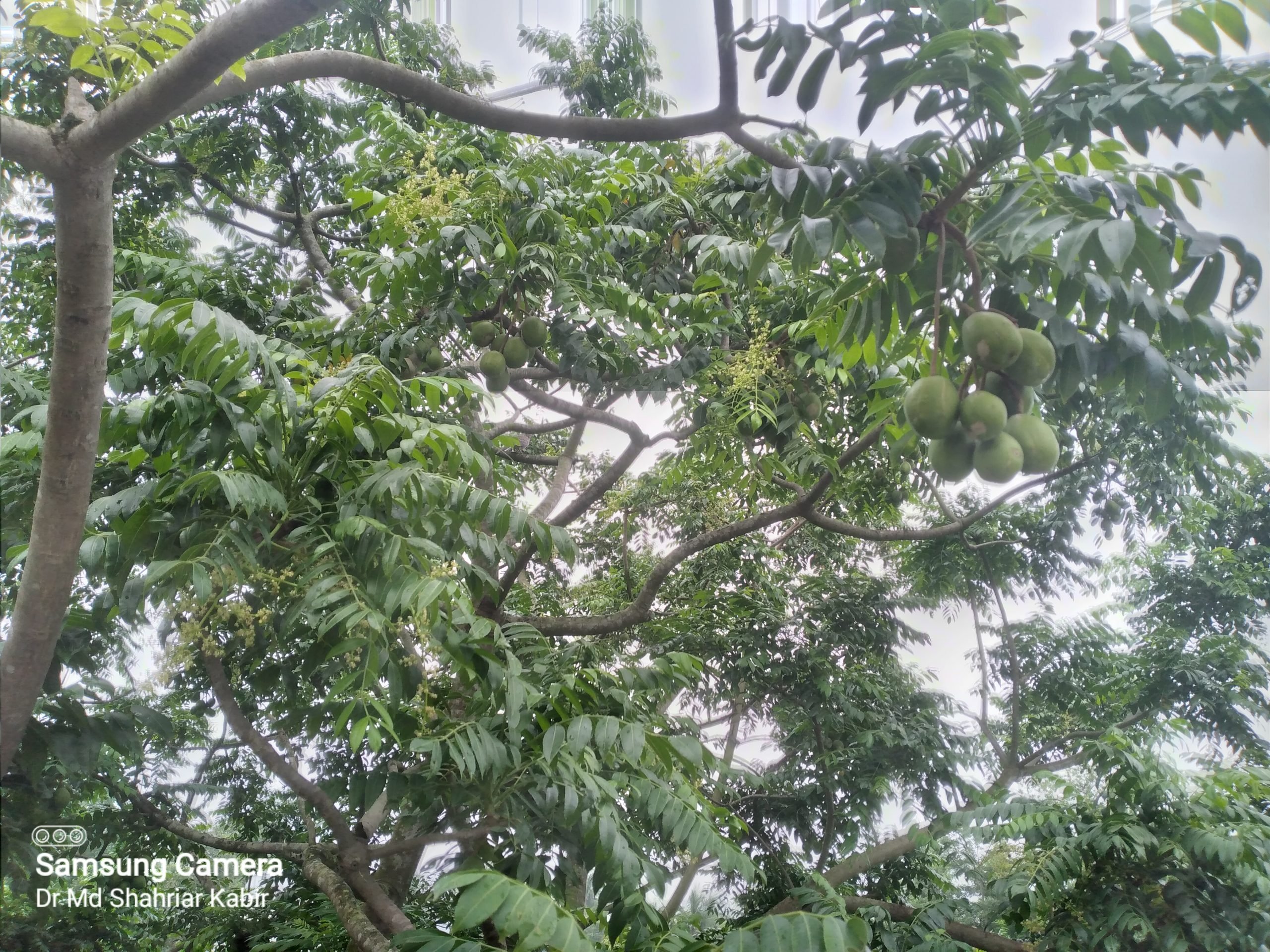
Spondias pinnata, sometimes also known as hog plum, is a species of tree with edible sour fruits. It is native to the Philippines and Indonesia, but has been widely naturalized in South Asia, Mainland Southeast Asia, Southern China, and the Solomon Islands. It belongs to the family Anacardiaceae. This species, among several others, has sometimes called the “wild (or forest) mango” in other languages and was once placed in the genus Mangifera. It is found in lowlands and hill forests up to 1,200 m (3,900 ft).
Nutritional value of hog plum fruit
The fruits of Spondias pinnata are rich in a variety of nutrients, these are as follows.
| S/N | Nutritional value | Amount |
| 1 | Total sucrose | 2.9 % |
| 2 | Glucose | 1.7 % |
| 3 | Fructose | 1.8% |
| 4 | Iodine | 0.45 -0.61 mg/kg |
| 5 | Food energy | 189-203 kcal/g |
| 6 | Crude fat | 12.23-12.24 % |
| 7 | Crude fiber | 3.13-4.03 % |
| 8 | Total carbohydrate | 23.54-16.30 % |
| 9 | Sodium | 1.38-0.96 % |
| 10 | Calcium | 0.93-0.15 % |
| 11 | Potassium | 83.60 mg/10g |
Spondias pinnata health benefits
1. Treats dysentery
The aromatic leaves and bark are used to treat dysentery. it also helps in preventing vomiting.
2. Effective against rheumatism
In some parts of India, the paste of the bark mixed with water or of the fruits is used to treat both articular and muscular rheumatism diseases. the paste is also helpful in relieving sprain and strain.
3. Treats gonorrhea
The decoction of the bark is used to treat gonorrhea.
4. Antimicrobial activity
The paste of bark and fruit is having potent antimicrobial activity. Studies show that the methanolic paste of the bark has antibacterial activity against B. subtilis.
5. Analgestic property
The bark of this plant possesses analgesic properties. That is this plant is capable of relieving pain.